This is our second episode in a two part series where we look at Transients in astronomy. In last week’s episode, we talked about things that change here in our own Solar System. Now we’ll talk about everything else in the Milky Way and beyond.
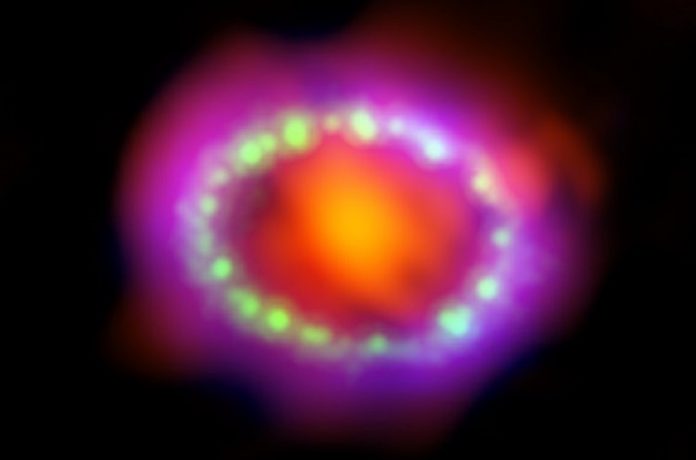

This is our second episode in a two part series where we look at Transients in astronomy. In last week’s episode, we talked about things that change here in our own Solar System. Now we’ll talk about everything else in the Milky Way and beyond.

Astronomers have found that sometimes the Universe changes. Things move, things explode, things get brighter or dimmer. In fact, knowing this has helped astronomers discover some very important aspects of the Universe. Today we begin a two part series on Transients and their role in astronomy.
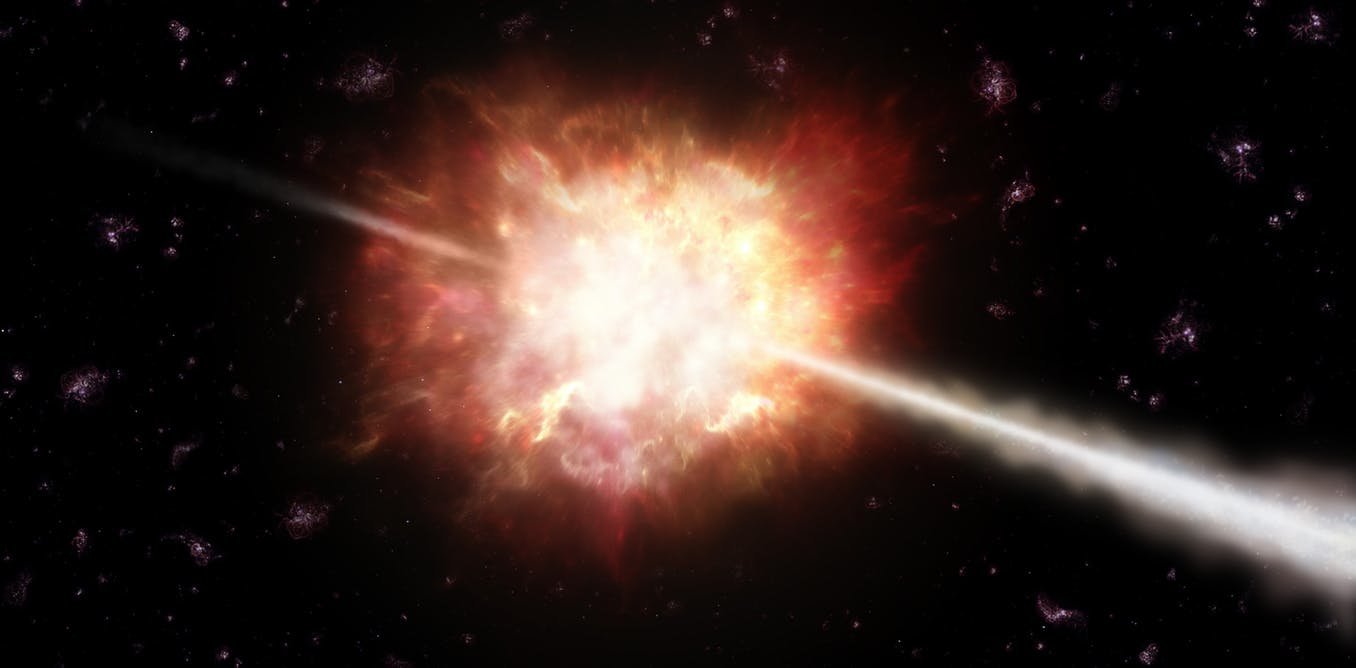
We always say the Universe is trying to kill us. But there was this one time, when the Universe used our own fear of nuclear attack against us, nearly setting off a global nuclear war. Nice try Universe, we’re on to you now.
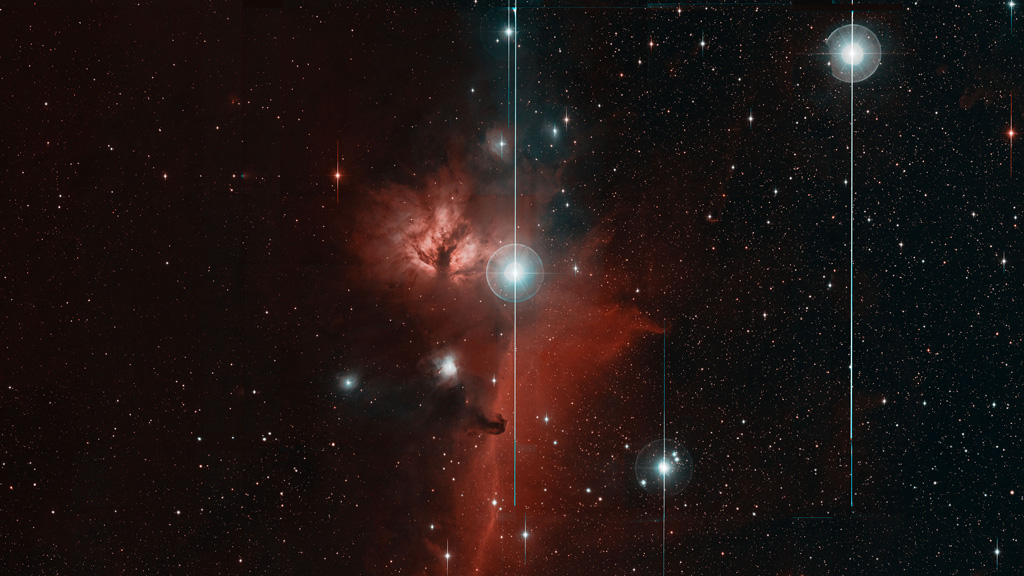
One of the most influential astronomers in the 20th Century was Fritz Zwicky. He had his hand in the discovery of dark matter, gravitational lensing, supernovae and neutron stars. And he also worked on a few more controversial ideas like, uh, tired light. Let’s learn more about Zwicky.
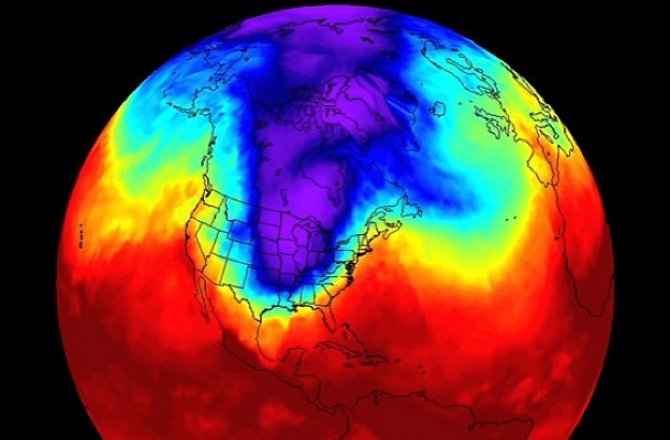
It’s cold right now. Okay, fine, here on Vancouver Island, it’s actually pretty warm. But for the rest of Canada and big parts of the US, it’s terrifyingly cold. Colder than Mars or the North Pole cold. This is all thanks to the break up of the polar vortex. What are polar vertices, how do they form, and where else to we find them in the Solar System?

Space is a hostile environment in so many ways. But one of its worst features is the various kinds of radiation you can find. When astronauts go back beyond the protective environment of the Earth’s magnetosphere, what are the various kinds of radiation they’ll encounter. And is there anything we’ll be able to do about it?
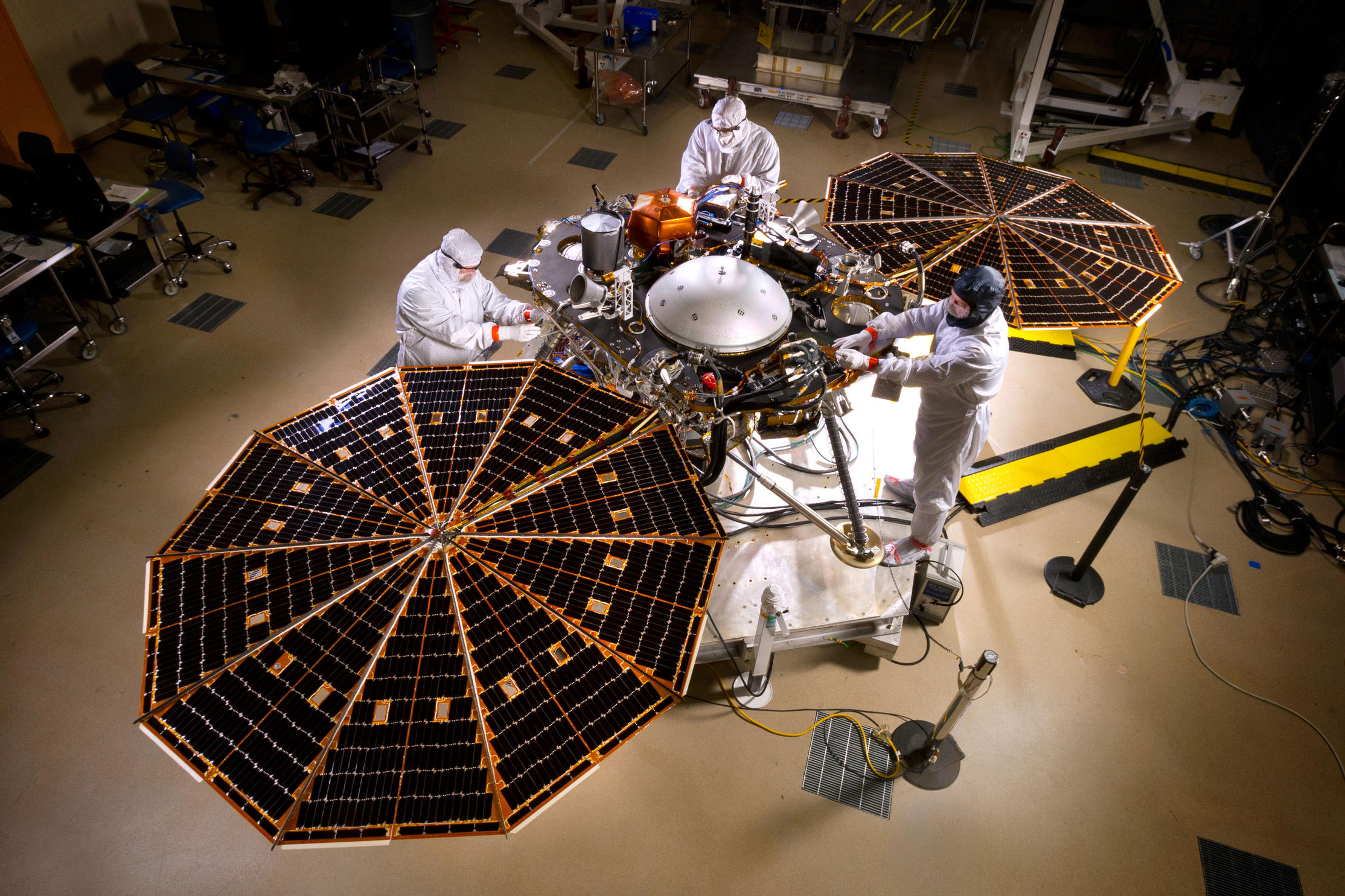
As we send rovers and landers to other worlds, we have to think about the tiny microbial astronauts we’re sending along with us. In fact, NASA is so concerned about infecting other worlds that it has established the planetary protection protocols. Just to be safe.
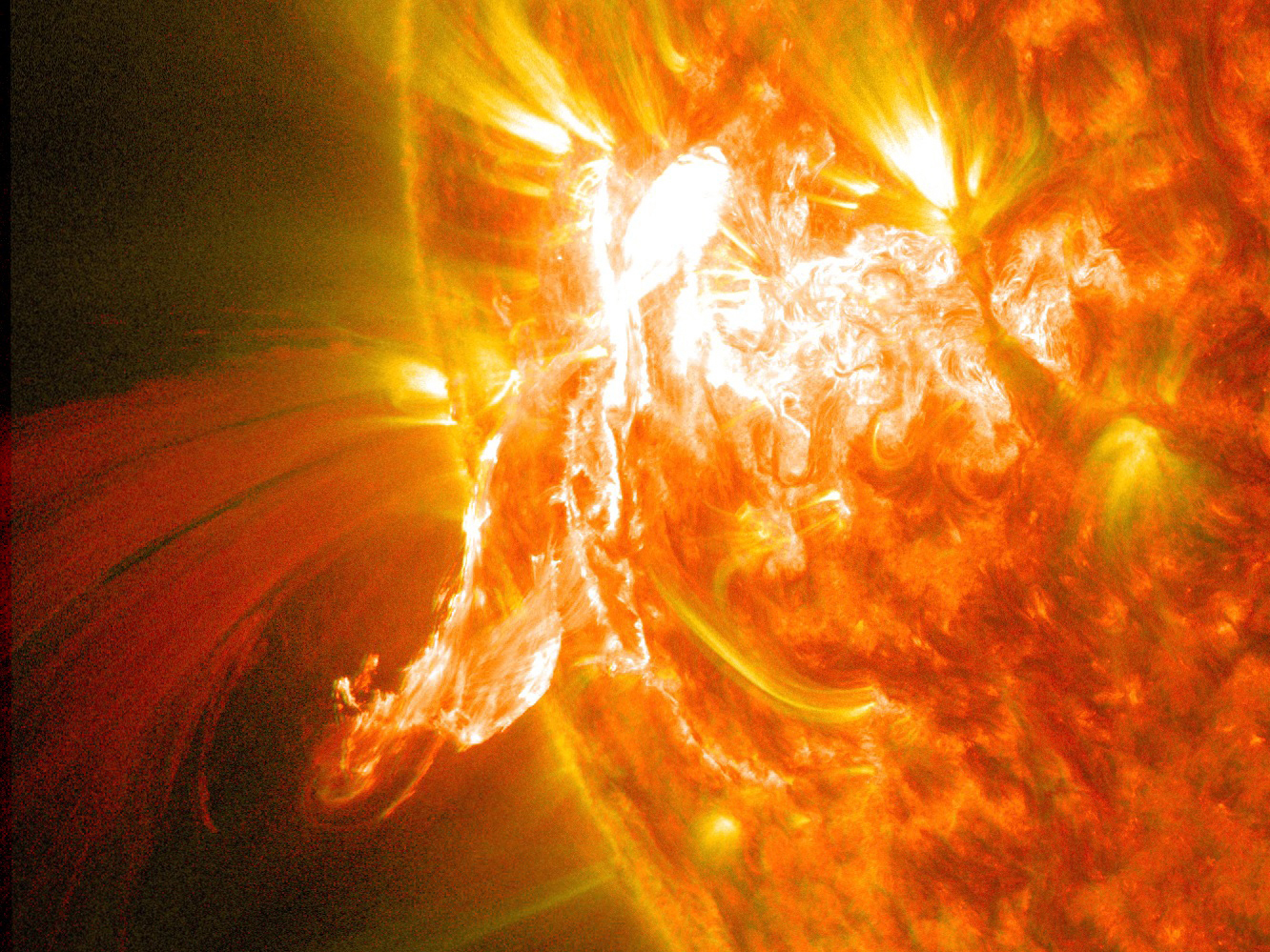
The Sun. It’s a big ball of fire, right? Apparently not. In fact, what’s going on inside of the Sun took us some time and knowledge of physics to finally figure out: stellar fusion. Let’s talk about the different kinds of fusion, and how we’re trying to adapt it to generate power here on Earth.
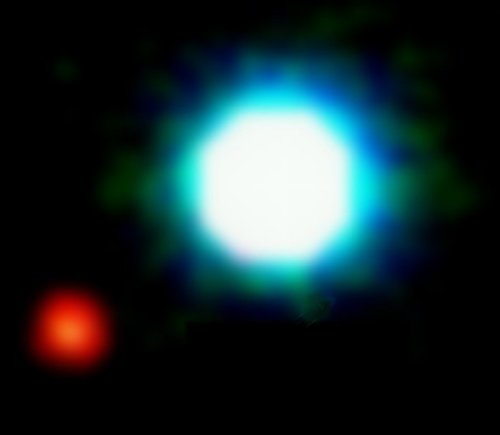
Finding planets is old news, we now know of thousands and thousands of the places. But the terrible irony is that we can only see a fraction of the planets out there using the traditional methods of radial velocity and transits. But the new telescopes will take things to the next level and image planets directly.
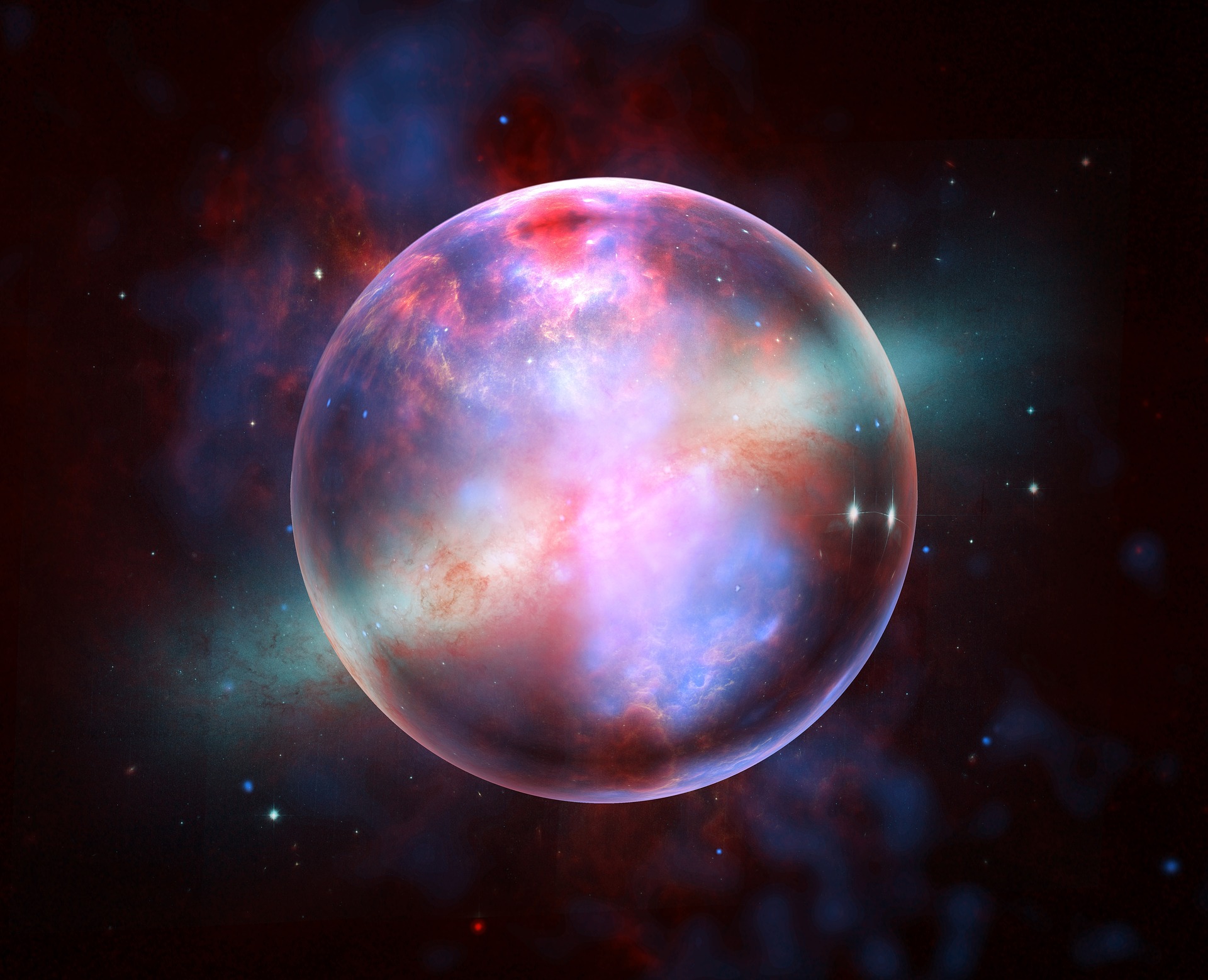
We did it, we made it through 2018 in space. Now let’s look forward to the incredible launches, discoveries and astronomical events happening in 2019.
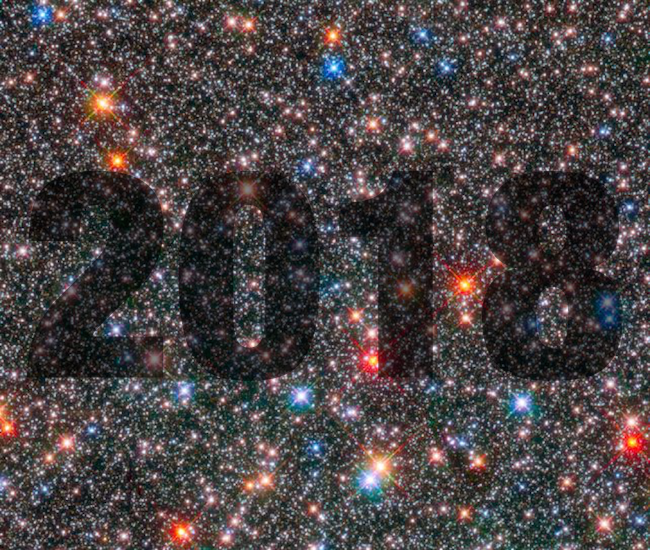
2018 was an incredible year in space news. Rockets launched, landers landed, spacecraft were born and died. We learned tremendous new things about Universe around us, and today we’re here to look back fondly over the last 12 months to review the year in space that was.
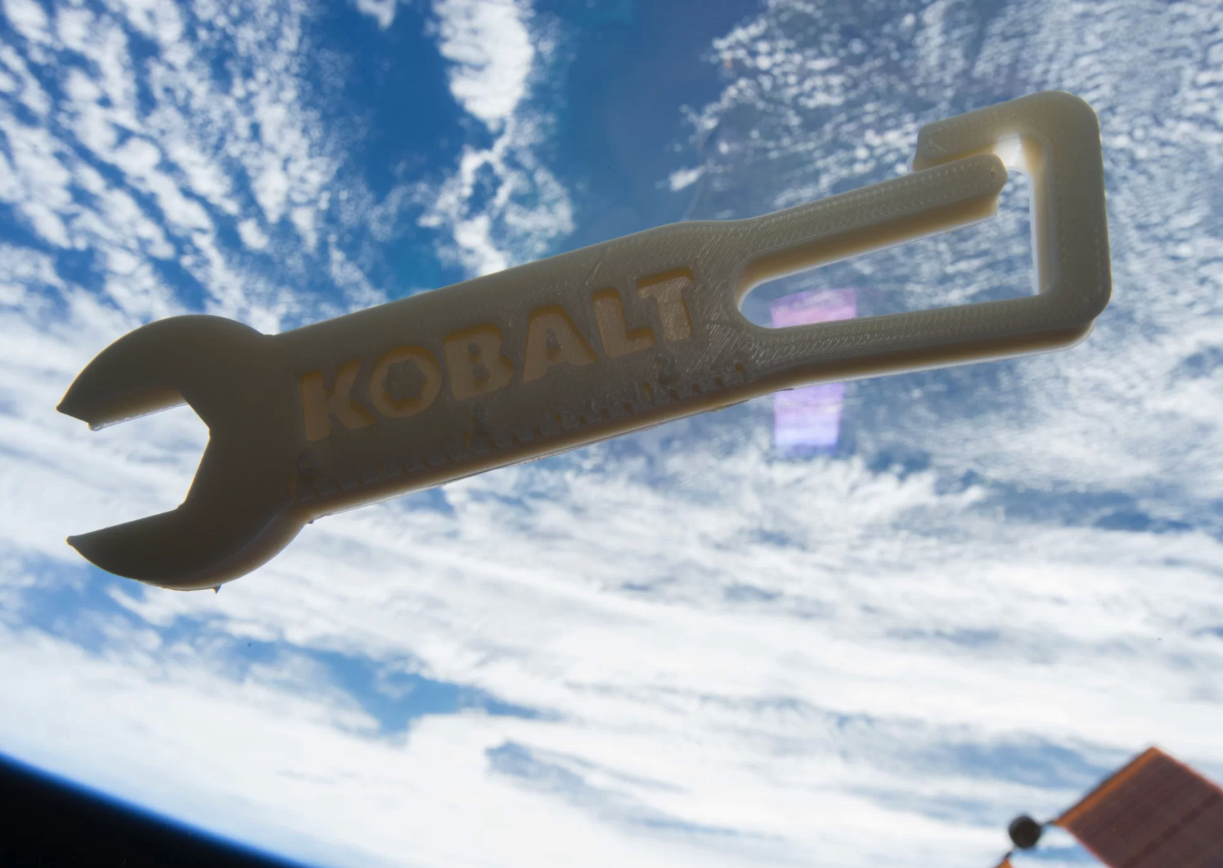
The technology of 3D printing is taking off. From tiny home-based 3D printers to larger manufacturing. And of course, 3D printing is going to space with the International Space Station and beyond.